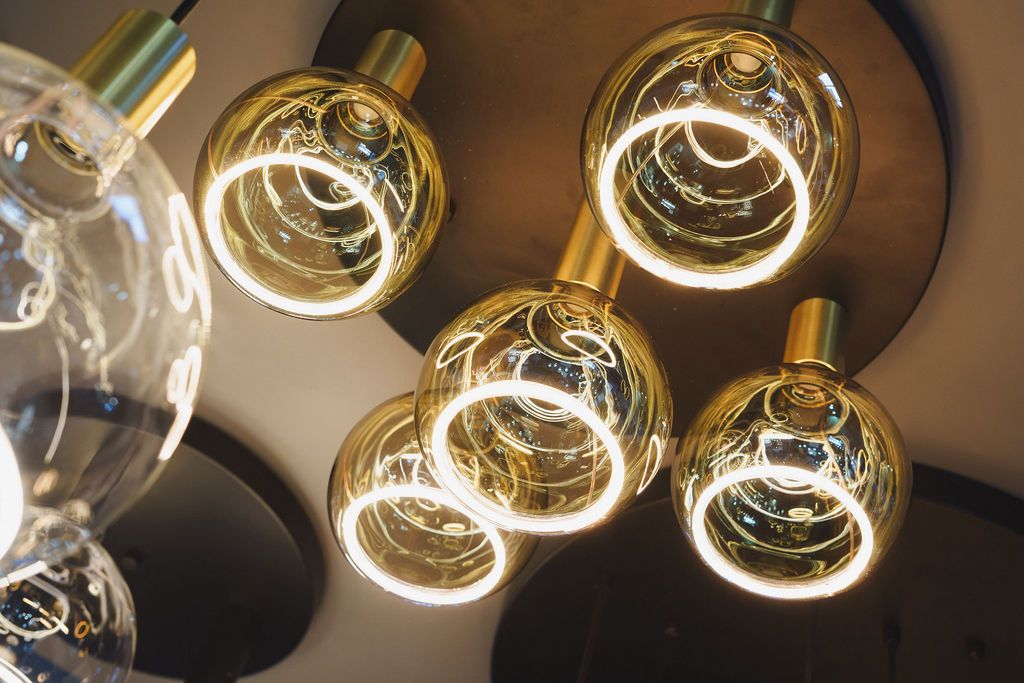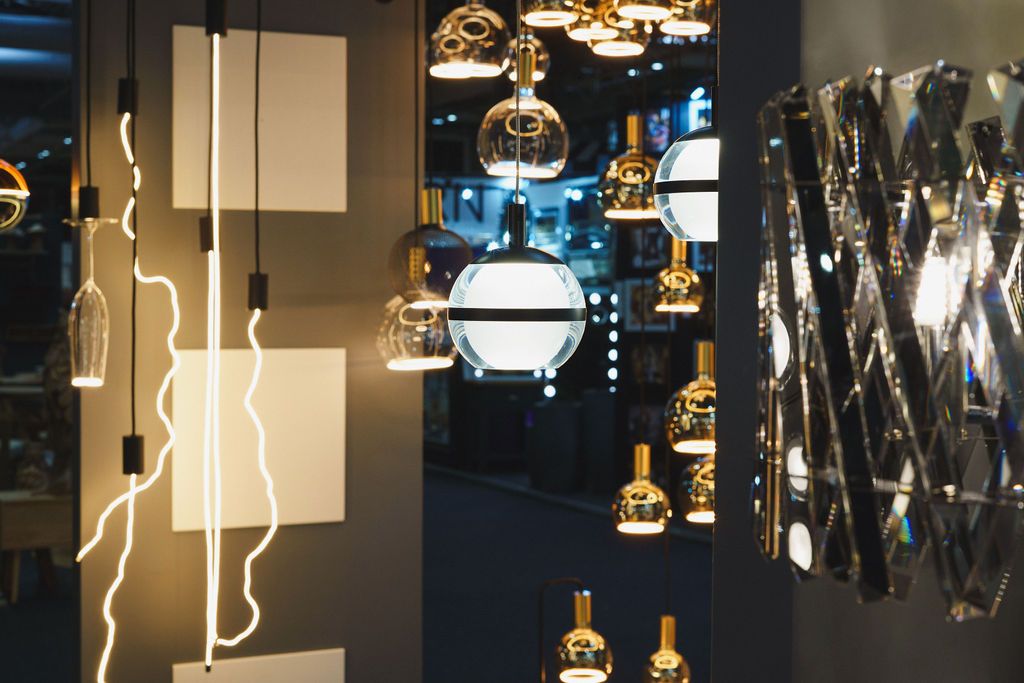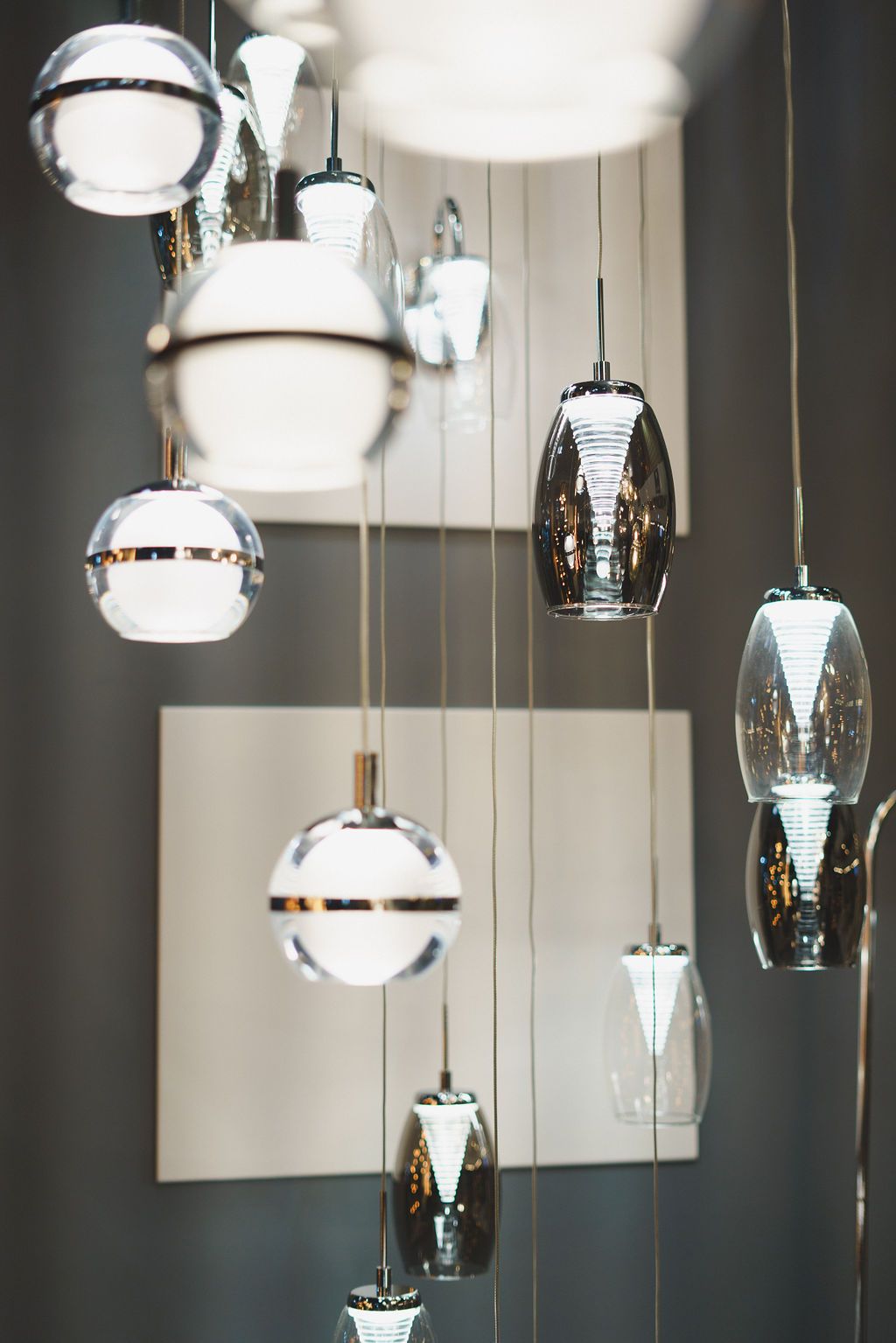)

When it comes to creating a retail environment that's inviting, engaging, and ultimately drives sales, few elements are as important as lighting. You might think that lighting is a simple consideration—just flicking a switch and turning on the lights. But in retail, lighting is so much more than just illumination. It's a dynamic tool that can transform a space, guide customer behaviour, highlight products and enhance your visual merchandising and display strategies.
Whether you're designing a new store or revamping an existing one, understanding how to use lighting to your advantage is essential. Let's explore the role of lighting in retail, how it impacts the shopping experience, and how you can harness its power to boost your business.
The Power of Lighting in Retail
In retail, lighting is one of the most influential aspects of a store's design. It sets the tone, creates an atmosphere, and shapes customers' perceptions of your brand. Think about it for a moment—how do you feel when you walk into a store that is brightly lit, with clean, crisp lighting that highlights the products in every corner? Compare that to a dimly lit space where you feel the need to squint to make sense of what's on display. It's clear which one makes for a more inviting and enjoyable shopping experience.
Lighting influences mood, enhances visual merchandising and display, and plays a crucial role in customer behaviour. Good lighting can encourage shoppers to stay longer, engage more with products, and ultimately make purchases. On the flip side, poor lighting can leave customers feeling disorientated, uninspired, or even frustrated, which can have a negative impact on sales.
The Science Behind Lighting: How It Affects Shopper Behaviour
Humans are visually driven creatures, and studies show that lighting has a significant psychological effect on how we shop. Here are a few ways lighting impacts customer behaviour:
-
Emotional Influence: Bright, warm lighting tends to make spaces feel inviting, energetic, and upbeat, while cooler, softer lighting can create a calming and sophisticated atmosphere. The type of mood you want to evoke in your store will guide your lighting choices.
-
Attention and Focus: Lighting naturally draws attention to certain areas of a space. By strategically illuminating specific products, displays, or sections of the store, you can guide customers' attention exactly where you want it. For instance, bright lights can draw the eye to high-margin products, seasonal promotions, or new arrivals.
-
Product Perception: The colour temperature and intensity of light can influence how customers perceive products. For instance, clothing looks more appealing under warm lighting, which highlights rich colours and textures, while jewellery or cosmetics often benefit from focused, bright light to show off their sparkle and details.
-
Brand Identity: The way you light your store says a lot about your brand. High-end luxury brands tend to use soft, elegant lighting that gives off an air of sophistication, while casual or lifestyle brands might choose bright, energetic lighting to create an inviting, approachable atmosphere. Lighting choices should align with your brand values and create a consistent visual experience for your customers.
Types of Lighting in Retail
To make the most of lighting in your retail space, it's important to understand the different types of lighting and how they can be applied to enhance visual merchandising and display.
-
Ambient Lighting (General Lighting)
Ambient lighting is the primary source of illumination in any retail environment. It provides overall brightness and allows customers to see clearly as they move throughout the space. Ambient lighting sets the mood and tone of the store and ensures that other types of lighting can shine in the areas where they're most needed.
In retail, ambient lighting should be bright enough to ensure a comfortable shopping experience, but not so harsh that it creates a sterile or uncomfortable environment. LED fixtures are popular for ambient lighting because they're energy-efficient, long-lasting, and provide consistent light.
-
Task Lighting
Task lighting focuses on illuminating specific areas of the store where customers may need more detailed visibility. For example, if you have a makeup counter or a jewellery display, task lighting ensures that customers can examine products closely.
Task lighting can also be used in areas like fitting rooms, checkout counters, or shelving units. It's typically brighter and more focused than ambient lighting, providing additional clarity where it's needed most.
-
Accent Lighting
Accent lighting serves the purpose of highlighting certain features or products in the store. This is where you can get creative with visual merchandising and display strategies. Accent lighting can be used to draw attention to a specific product, promotional display, or art installation that helps tell the story of your brand.
Spotlights, track lights, and LED strips are all popular options for accent lighting. These lights add drama, depth, and emphasis to the areas of the store you want customers to focus on. The key here is subtlety—use accent lighting sparingly to avoid overwhelming customers with too many focal points.
-
Decorative Lighting
Decorative lighting is often used to enhance the overall aesthetic of the store and create a memorable experience for customers. While it might not directly illuminate products, it adds character, charm, and personality to the space. Think of chandeliers, pendant lights, or LED signage.
In addition to adding visual appeal, decorative lighting can communicate your store's brand identity. For example, a boutique might use soft, ambient lighting with crystal chandeliers to convey luxury, while a tech store might go for sleek, modern fixtures that align with its cutting-edge products.

The Role of Lighting in Visual Merchandising and Display
Visual merchandising is all about telling a story and guiding customers through your store in a way that encourages them to engage with products and make purchases. Lighting is one of the most effective tools to accomplish this.
-
Highlighting Key Products
When it comes to visual merchandising and display, lighting is essential for drawing attention to specific items or promotions. You can use bright, focused lighting to create a spotlight effect on products that you want to showcase.
For example, if you're running a special promotion or feature a new collection, use lighting to make these products stand out. This creates a sense of urgency and excitement, encouraging customers to explore and potentially purchase these highlighted items.
-
Creating Zones and Pathways
In larger stores, lighting can help define different zones or sections. By using different lighting techniques, you can create clear pathways that guide customers from one area to another. This allows you to lead shoppers through your store in a way that enhances the flow of traffic and showcases your products.
For instance, in a clothing store, you could use softer lighting in the changing rooms to create a relaxed, comfortable environment, while brighter lights in the main shopping area highlight your seasonal collections.
-
Enhancing the Mood of Each Display
Different lighting setups can change the mood of your displays, and this can be a powerful way to enhance your merchandising strategy. For example, if you're showcasing evening wear or luxury items, you might use softer, warmer lighting to create an elegant, aspirational atmosphere. Alternatively, if you're displaying casual, everyday items, you might use brighter, cooler lighting to convey a more energetic and approachable vibe.
-
Seasonal and Promotional Lighting
Lighting also plays a huge role in promoting seasonal displays or limited-time offers. If you're gearing up for a sale or holiday season, adjusting your lighting can help convey urgency and excitement. You can use festive lighting to create a celebratory atmosphere or spotlight clearance items to encourage immediate purchases.
Sustainable Lighting Choices in Retail
As sustainability becomes an increasingly important consideration for consumers, retailers are turning to energy-efficient lighting solutions that are both eco-friendly and cost-effective. LED lighting is the clear frontrunner in this area, offering longevity, low energy consumption, and minimal environmental impact.
Beyond just saving energy, sustainable lighting solutions also offer an opportunity to demonstrate your brand's commitment to environmental responsibility, which can resonate positively with conscious shoppers.
Let There Be LightLighting is a powerful tool in the retail world—it has the ability to transform your store, create a captivating atmosphere, and ultimately influence customers' decisions. When used effectively, lighting enhances visual merchandising and display strategies, guiding customers through your store and drawing attention to key products and promotions.
From ambient lighting that sets the tone, to accent lighting that highlights specific items, every choice you make can shape the shopping experience. And with the added bonus of energy-efficient, sustainable lighting solutions, retailers have the chance to create a welcoming environment while also reducing their environmental footprint.
So, next time you're thinking about your store's design, don't overlook the impact of lighting. Experiment, collaborate with lighting experts, and see how a well-lit environment can transform your store into a space that invites customers to linger, explore, and, most importantly, buy. After all, it's not just about lighting up a room—it's about lighting the way to sales. |
 |
Calling All Retail Experts!
Are you passionate about retail trends, customer experience, or in-store innovation? We're looking for fresh voices to contribute to our blog! Share your insights, boost your brand, and connect with a growing community of retail professionals.
Pitch us your guest post today!
Featured Articles
- 1 5 Stunning Homeware Suppliers you Need to Know About
- 2 Celebrating Inspiring Women in Retail: Spring and Autumn Fair's Commitment to Championing Women in Retail
- 3 UK Retail Insights 2025: Consumer Caution and Selective Spending
- 4 Theo Paphitis: Small Businesses, Big Impact
- 5 A Fireside chat with Olivia Bowen and Keplin CEO Ray Mehra

)
)
)
)
)
)
)
)
)
)